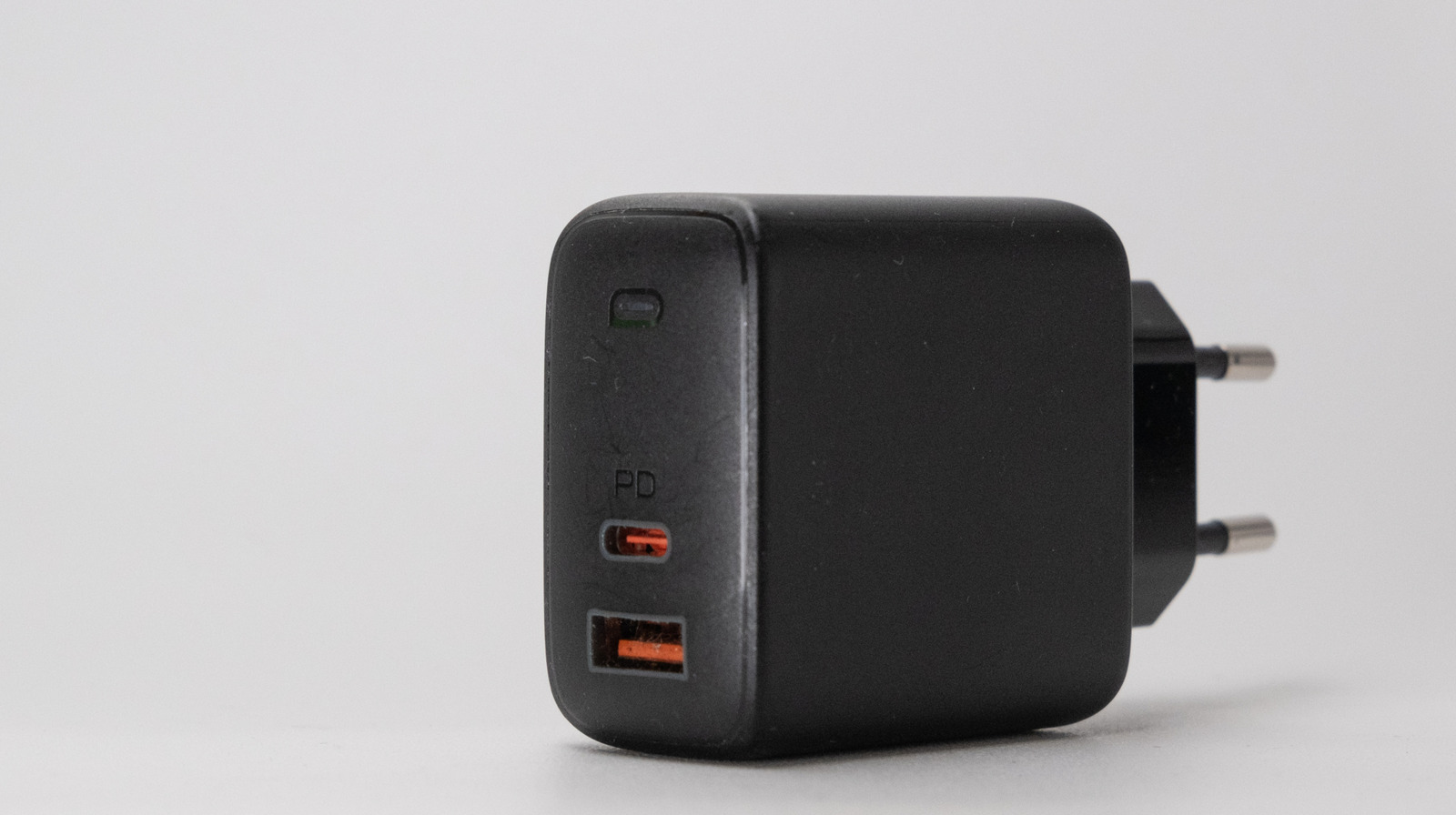A new paper on a 27-billion-parameter cell model isn’t just about biology. It’s data engineering and a blueprint for the future of applied AI.
If you’re an AI engineer, you need to stop what you’re doing and read the new C2S-Scale preprint from a collaboration between Yale and Google.
On the surface, it looks like a niche bioinformatics paper. In reality, it’s one of the most important architectural manifestos for applied AI I’ve seen in years. The team built a 27B parameter model that didn’t just analyze biological data—it made a novel, wet-lab-validated scientific discovery about a potential cancer therapy.
As a builder, I’m less interested in the specific drug they found and more obsessed with how they found it. Their methodology is a playbook that every AI architect and engineer needs to understand.
The Core Problem: AI Models Hate Spreadsheets
The central challenge in applying LLMs to scientific or enterprise data is that these models are trained on language, but our data lives in spreadsheets, databases, and massive, high-dimensional arrays. Trying to get an LLM to understand a raw scRNA-seq gene expression matrix is a nightmare.
For years, the standard approach has been to build bespoke, custom architectures for science – AIs that try to bolt on some natural language capabilities to a model designed for numerical data. This is slow, expensive, and you lose out on the massive scaling laws and rapid innovations of the mainstream LLM ecosystem.
The C2S-Scale team’s brilliant insight was to flip the problem on its head.
Instead of changing the model to fit the data, they changed the data to fit the model.
The Architectural Masterstroke: Cell2Sentence
The genius of the Cell2Sentence (C2S) framework is its almost absurd simplicity. They take the complex, numerical gene expression profile of a single cell and transform it into a simple string of text.
How? They rank every gene in the cell by its expression level and then just write out the names of the top-K genes in order.
A cell’s complex biological state, like: n {‘GeneA’: 0.1, ‘GeneB’: 0.9, ‘GeneC’: 0.4, …}
Becomes a simple, human-readable cell sentence: n GeneB GeneC GeneA …
This is a profound act of data engineering. With this one move, they:
- Eliminated the Need for Custom Architectures: They can now feed this biological language directly into a standard, off-the-shelf Transformer architecture like Gemma or Llama. They get to ride the wave of the entire LLM research community for free.
- Unlocked Multimodality: Their training corpus wasn’t just cell sentences. They could now mix in the actual abstracts of the scientific papers from which the data was sourced. The model learned to correlate the language of the cell with the language of the scientist in a single, unified training run.
- Enabled True Vibe Coding for Biology: The final model doesn’t just classify things. It can take a prompt like, Generate a pancreatic CD8+ T cell, and it will generate a new, synthetic cell sentence representing the gene expression of a cell that has never existed.
The Payoff: Industrializing Scientific Discovery
This brilliant architecture is what enabled the killer app of the paper. The team ran a virtual screen to find a drug that could boost a cancer cell’s visibility to the immune system.
This wasn’t a simple database query. It was an in-silico experiment. The model predicted that a specific drug, silmitasertib, would have this effect, but only under the specific context of interferon signaling.
They took this novel, AI-generated hypothesis to a real wet lab, ran the physical experiments, and proved it was correct.
This is the new paradigm. The AI didn’t just find an answer in its training data. It synthesized its understanding of both biological language and human language to generate a new, non-obvious, and ultimately true piece of knowledge. It’s a system for industrializing serendipity.
What This Means for Builders
The C2S-Scale paper is a field guide for how to build high-impact AI systems in any complex, non-textual domain, from finance to logistics to manufacturing.
- Stop Bending the Model. Start Translating Your Data. The most important work is no longer in designing a custom neural network. It’s in the creative, strategic work of finding a Data-to-Sentence representation for your specific domain. What is the language of your supply chain? What is the grammar of your financial data?
- Multimodality is a Requirement, Not a Feature. The real power was unlocked when they combined the cell sentences with the paper abstracts. Your AI systems should be trained not just on your structured data, but on the unstructured human knowledge that surrounds it—the maintenance logs, the support tickets, the strategy memos.
- The Goal is a Hypothesis Generator, Not an Answer Machine. The most valuable AI systems of the future will not be the ones that can answer what is already known. They will be the ones who can, like C2S-Scale, generate novel, testable hypotheses that push the boundaries of what is possible.
Let’s Build It: A Data-to-Sentence Example
This all sounds abstract, so let’s make it concrete. Here’s a super-simplified Python example of the “Data-to-Sentence” concept, applied to a different domain: server log analysis.
Imagine you have structured log data. Instead of feeding it to an AI as a raw JSON, we can translate it into a “log sentence.”
import json
def server_log_to_sentence(log_entry: dict) -> str:
"""
Translates a structured server log dictionary into a human-readable "log sentence".
The "grammar" of our sentence is a fixed order of importance:
status -> method -> path -> latency -> user_agent
"""
# Define the order of importance for our "grammar"
grammar_order = ['status', 'method', 'path', 'latency_ms', 'user_agent']
sentence_parts = []
for key in grammar_order:
value = log_entry.get(key)
if value is not None:
# We don't just append the value; we give it a semantic prefix
# This helps the LLM understand the meaning of each part.
sentence_parts.append(f"{key.upper()}_{value}")
return " ".join(sentence_parts)
def create_multimodal_prompt(log_sentence: str, human_context: str) -> str:
"""
Combines the machine-generated "log sentence" with human-provided context
to create a rich, multimodal prompt for an LLM.
"""
prompt = f"""
Analyze the following server request.
**Human Context:** "{human_context}"
**Log Sentence:** "{log_sentence}"
Based on both the human context and the log sentence, what is the likely user intent and should we be concerned?
"""
return prompt
# --- Main Execution ---
if __name__ == "__main__":
# 1. Our raw, structured data (e.g., from a database or log file)
raw_log = {
"timestamp": "2025-10-26T10:00:05Z",
"method": "GET",
"path": "/api/v1/user/settings",
"status": 403,
"latency_ms": 150,
"user_agent": "Python-requests/2.25.1"
}
# 2. Translate the data into the new "language"
log_sentence = server_log_to_sentence(raw_log)
print("--- Original Structured Data ---")
print(json.dumps(raw_log, indent=2))
print("n--- Translated 'Log Sentence' ---")
print(log_sentence)
# 3. Combine with human context for a multimodal prompt
human_context = "We've been seeing a series of failed API calls from a script, not a browser."
final_prompt = create_multimodal_prompt(log_sentence, human_context)
print("n--- Final Multimodal Prompt for LLM ---")
print(final_prompt)
# Now, this final_prompt can be sent to any standard LLM for deep analysis.
# The LLM can now reason about both the structured log data (as a sentence)
# and the unstructured human observation, simultaneously.
This simple script demonstrates the core architectural pattern. The Data-to-Sentence transformation is the key. It allows us to take any structured data and represent it in the native language of the most powerful AI models, unlocking a new world of multimodal reasoning.










